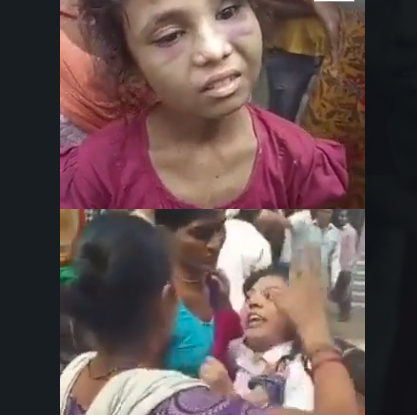The investigation into the tragic crash of Air India Flight AI171 from Ahmedabad to London has taken a significant step forward with the recovery of the aircraft's black box. The Ministry of Civil Aviation confirmed on Friday that the Flight Data Recorder (FDR)—commonly referred to as the black box—was recovered within 28 hours of the incident by the Aircraft Accident Investigation Bureau (AAIB).
The orange-colored, crash-resistant device, which contains both the FDR and the Cockpit Voice Recorder (CVR), was located on the rooftop of the doctors’ hostel building that the aircraft struck shortly after takeoff. This site has now become central to a massive multi-agency investigation.
Union Civil Aviation Minister Ram Mohan Naidu called the recovery "an important step forward" in determining the root cause of the crash, which has claimed at least 265 lives, including 241 people onboard and 24 individuals on the ground. There was only one survivor, British national Vishwash Kumar Ramesh.
Why the Black Box Matters
The FDR stores critical flight parameters—altitude, speed, engine performance, control inputs—while the CVR captures audio from the cockpit, including the final conversations between pilots, alarm sounds, and radio transmissions. Together, they are expected to provide vital clues about what went wrong in the crucial moments after takeoff.
The black box is designed to:
-
Withstand impact forces of up to 3,400 g
-
Resist temperatures up to 1,100°C for at least one hour
-
Remain waterproof and locatable via acoustic signals
Additional Devices Under Review
Investigators are also examining Digital Video Recorders (DVRs)—which store CCTV footage from cameras installed across the aircraft, including in the cockpit, cabin, and boarding gates. These could offer visual confirmation of events leading to the crash, such as a fire, explosion, or pilot incapacitation.
Crash Details and Response
-
The Boeing 787-8 Dreamliner crashed just 58 seconds after takeoff, striking the residential wing of a medical college hostel.
-
The blaze ignited by the highly flammable aviation fuel burned for over three hours, complicating rescue operations.
-
PM Narendra Modi visited the crash site and later met with injured survivors at Ahmedabad Civil Hospital.
-
A forensic team has been deployed to examine engine debris, fuel samples, and structural fragments.
-
Over 40 Gujarat government officials have been assigned to support the AAIB and Civil Aviation Ministry’s probe.
Compensation and Broader Action
In the wake of the tragedy, Tata Group, which owns Air India, has announced Rs 1 crore compensation for the families of each victim. Meanwhile, the Indian government has:
-
Formed a special high-level panel to probe the crash
-
Ordered immediate safety inspections of all Boeing 787s in the Indian fleet
-
Sought assistance from international aviation authorities, including Boeing engineers and U.S. NTSB officials
Outlook
While early theories suggest possible mechanical failure, possibly involving the fuel or engine systems, no official cause has been confirmed. The data retrieved from the black box is expected to clarify whether the accident was due to technical failure, pilot error, sabotage, or a combination of factors.
The findings will not only help bring closure to grieving families but also influence future safety standards and operational protocols in Indian civil aviation.



